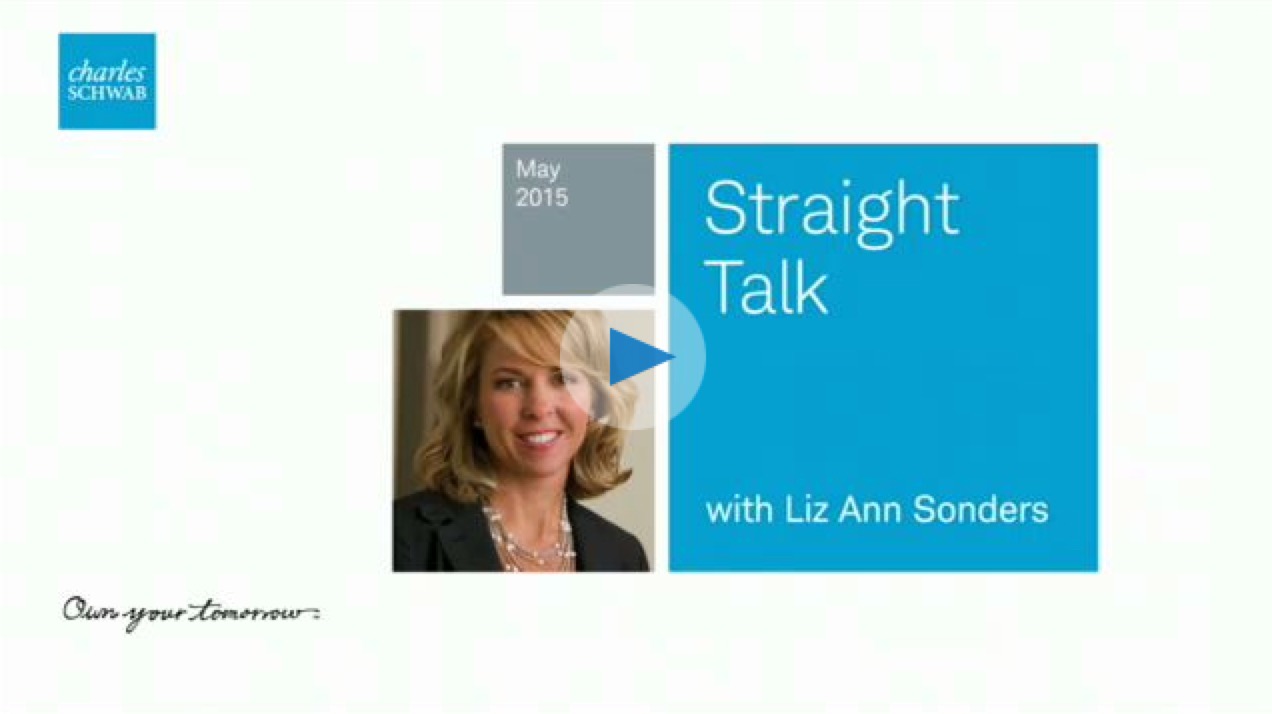Most market watchers expect the US economy to bounce back in the second quarter. However, the consumer isn't playing to script. Russ explains.
By now it’s old news that economic performance in the first quarter was a disappointment.
Most market watchers have consoled themselves with the view that most of the softness was a function of temporary factors, including harsh winter weather and a West Coast port strike. The narrative has the economy bouncing back in the second quarter, as those temporary factors fade.
However, based on the most recent April data, investors may, once again, be disappointed when the second-quarter gross domestic product (GDP) report comes in.
While the second quarter will almost certainly be stronger than the first and the economy should pick up by year’s end, so far the consumer isn’t playing to script.
Adjusted retail sales (retail sales less food, autos, building materials and gas stations) were flat in April, versus expectations for a 0.5% gain. Year-over-year adjusted retail sales are up less than 1%, the slowest growth rate since 2009.
Here’s why sales may not be rebounding as expected.
- Wage growth is still a work in progress. While there is some evidence that wage growth is firming the wage picture is mixed. U.S. personal income is growing at 3.8% year-over-year. Going back to 1960, the average year-over-year has been closer to 7%. This is important because the best predictor of retail spending is income growth. Since 1993, growth in disposable income has explained more than 40% of the variation in retail sales growth.
- Greater propensity to save.Lower gasoline prices should provide a boost to consumers, but so far households are simply saving much of the windfall. Since November the U.S. savings rate has risen to 5.3% from 4.4%.
- Households stock of debt is still too high.Market watchers have rightly pointed out that debt servicing costs are near a multi-decade low, thanks mostly to low interest rates. But while it has rarely been cheaper to service debt, the stock of debt is still elevated, and this seems to be impacting consumer behavior. Household debt remains more than 100% of disposable income, and it’s even higher when you focus on middle-income households. By contrast, between 1970 and 2000, the average was 72%; prior to 2002, debt-to-disposable income never rose above 100%.
Looking forward, I expect some improvement in spending as wage growth ticks higher. But consumption patterns are likely to diverge from past cycles, given long-term factors inhibiting wage growth, still elevated debt levels and an older population. In particular, I believe that consumption from middle-income consumers will remain well below the historic average, serving as a headwind to any bounce back this quarter and to economic growth in general.
For investors, this has several implications.
- Anticipate a moderate rate rise. While rates are likely to normalize this year, they are unlikely to melt up.
- Consider technology stocks. In an environment in which growth remains increasingly scarce, secular growth sectors that can command increasing wallet share, like technology or healthcare, could continue to do well.
- Remain wary of consumer discretionary stocks. Finally, investors should be cautious on chasing the rally in the consumer discretionary sector. News of the consumer’s resurgence may be exaggerated.
Source: Bloomberg, BlackRock research
Russ Koesterich, CFA, is the Global Chief Investment Strategist for BlackRock. He is a regular contributor to The Blog and you can find more of his posts here.
Investing involves risks, including possible loss of principal.
The opinions expressed are those of Russ Koesterich as of 5/13/2015 and are subject to change at any time due to changes in market or economic conditions. The comments should not be construed as a recommendation of any individual holdings or market sectors
©2015 BlackRock, Inc. All rights reserved. iSHARES and BLACKROCK are registered trademarks of BlackRock, Inc., or its subsidiaries. All other marks are the property of their respective owners.
USR-6264
Copyright © Blackrock















